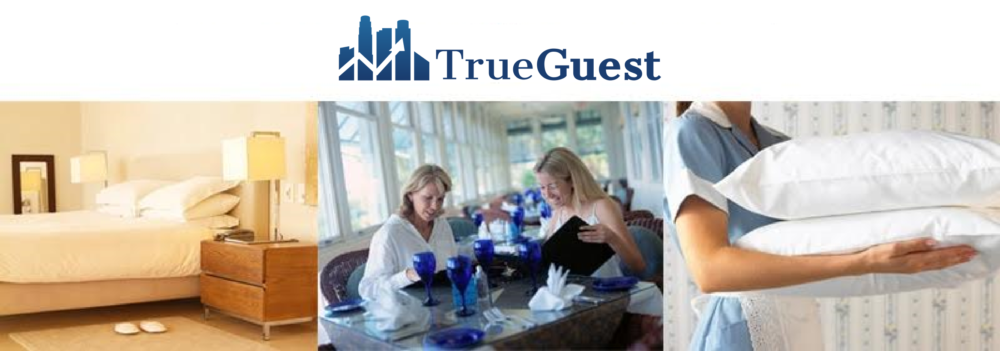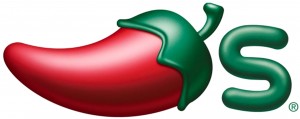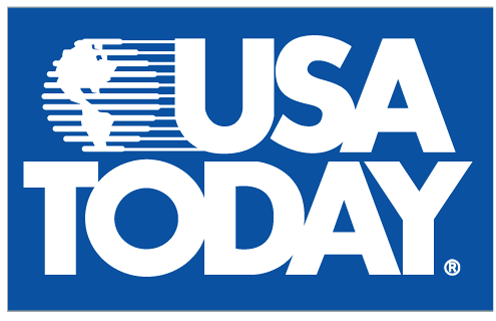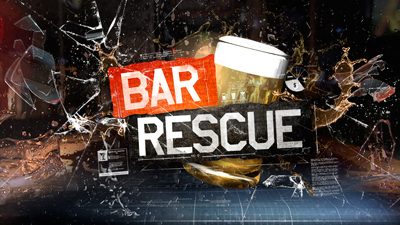Hotel Management posted their top tips for luring hotel guests to the bar in 2014. Among their tips:
Focus on millennials. This generation is characterized by high expectations, disposable incomes and a thirst for new trends. “As millennial continue to invest in the experiential value of dining, eye-catching drink presentation as well as innovative and even adventurous ingredients will continue to drive incremental sales particularly in casual and upscale dining concepts in 2014,” Melanie Austin, account executive at Patrick Henry Creative Promotions, told Nightclub & Bar.
Simplicity should be left behind. Operators are encouraged to think outside of the box and innovate, as guests are becoming tired of repetition in hospitality and want to see personality in the properties they visit. It’s open season for hotels to start taking chances on how to attract customers.
Social media is also expected to continue to climb in popularity and utility throughout 2014, and there is also expected to be more social media options available to both guests and operators. Hashtags are now a marketing tool, and it is important to learn to use them in cross-promotion.
Ok, this may not exactly be helpful to you if you are running a hotel with a typical lobby bar. That is where TrueGuest can offer a few more tips. Continue reading



 Here is another great article from Hotel Check-In at USA Today about
Here is another great article from Hotel Check-In at USA Today about 